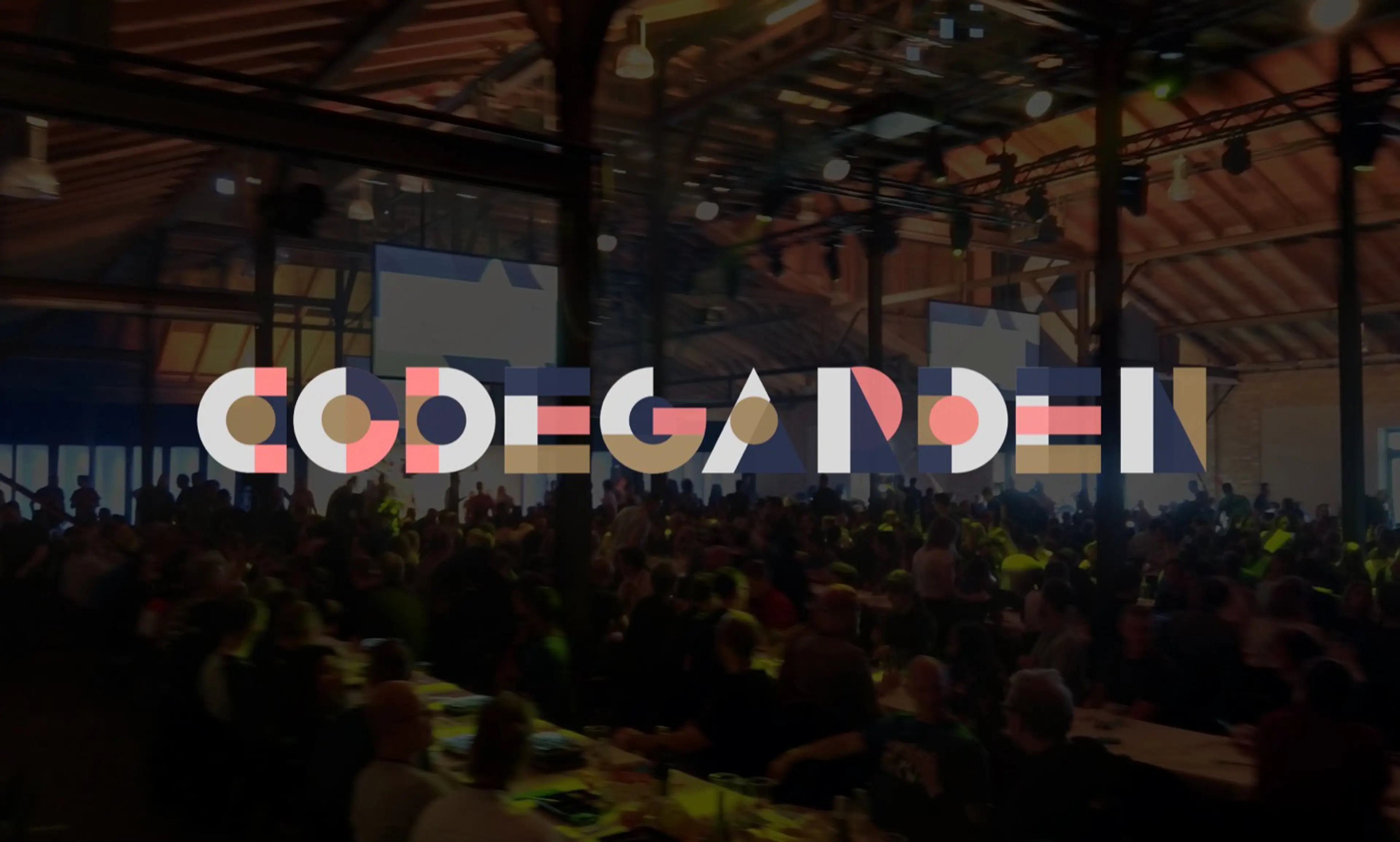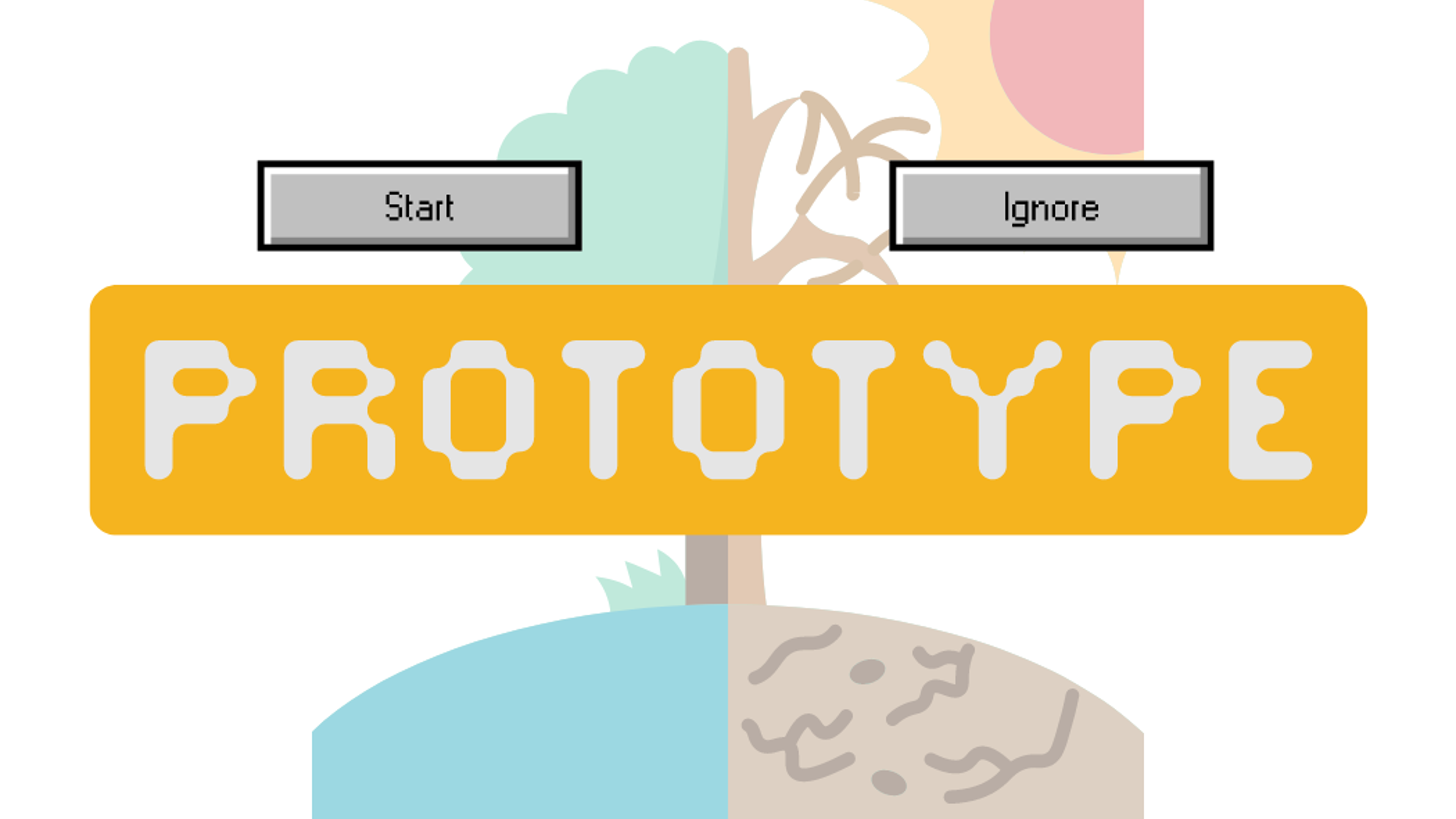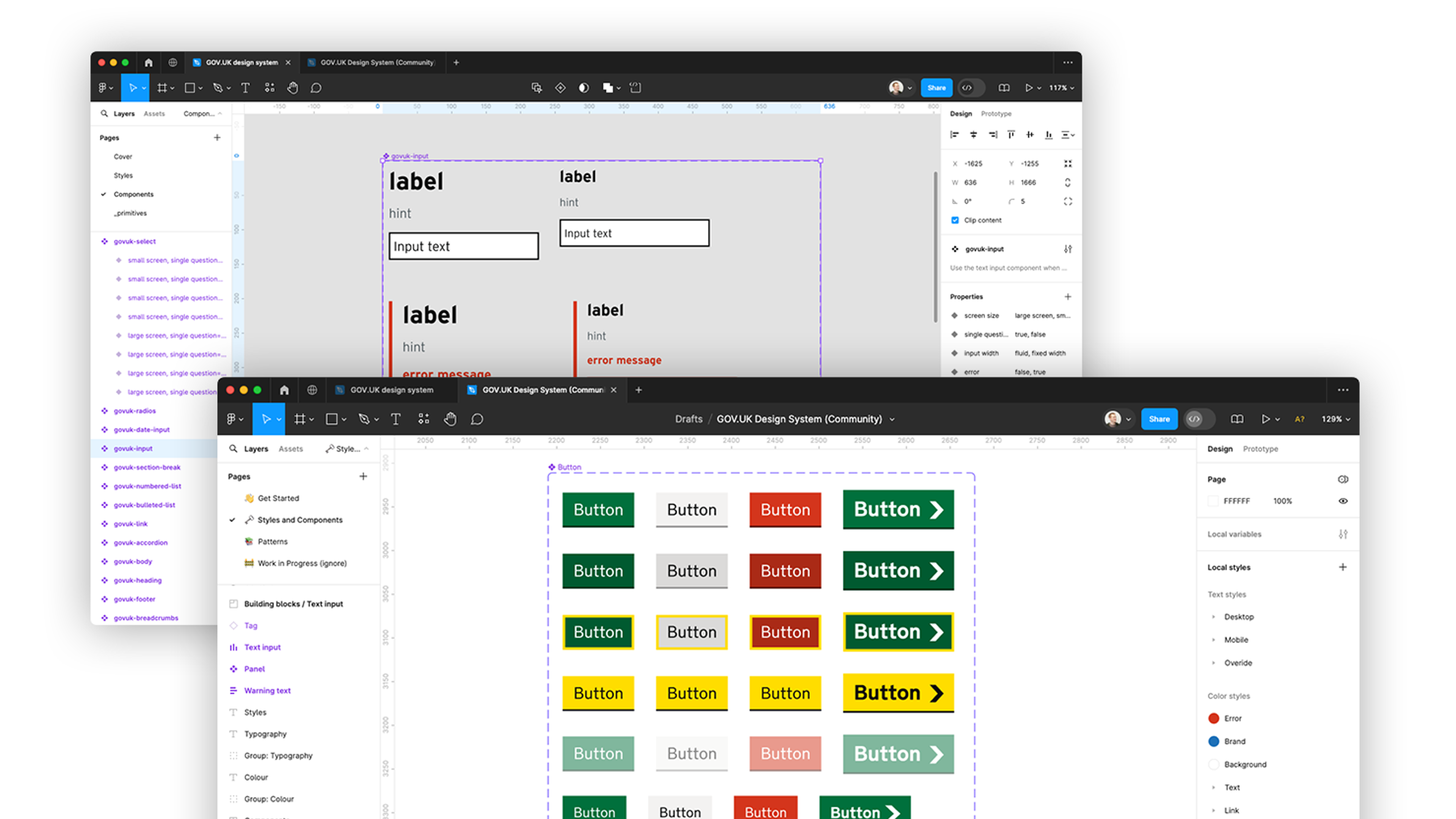Developers Assemble... at CodeGarden 2019

I’m just back from Odense, Denmark, home to Umbraco HQ and venue to CodeGarden, the annual gathering dedicated to all-things Umbraco. It’s a chance for delegates from 23 countries to find out what’s new, share techniques for building cool stuff and have some surreal Scandi-based fun.
Umbraco is the friendly CMS. It has the right blend of an online community of people who contribute to improving the platform, with the backing of a real-life company who have found a sustainable business model that gives it a backbone. At Fluent it is our go-to content management system for its power and flexibility.

Muscling in on V8
The main buzz this year is the recent release of version 8. This a major rewrite of the Umbraco core system, it is leaner, meaner, cleverer, scales better and plays nicely with others. Not a bad school report. There are some cool new features you can read about here. It was good to join in the discussion about how to build on V8 (disappointing lack of muscle car metaphors by the way) and how to migrate an existing V7 site. It’s one of those things that isn't supposed to be possible, but the community have found some reasonable approaches and ways around it.
Umbraco loses its head
The second area is the continuing onward march of Umbraco Cloud, and its new cousin - Umbraco Headless. A headless CMS is an approach where the back office administration area (and the database and files that drive this) are disconnected from the day-to-day business of producing a front end. The front end here is referred to as the head. Chopping off the head might not sound like a good thing, but if you want to reuse content across multiple user-facing sites, apps or connections with other systems, then decapitation is a very useful procedure. If the content is well-structured in an abstract sense, it’s much easier to graft it into different shapes for different purposes.
Umbraco has a very powerful, flexible and easy to use editing experience so learning more about taking the headless direction was eagerly anticipated by most of the Codegarden attendees.
Project chicken?
But, there was a little confusion. I think the label “headless” made me expect something that was a reduced version of normal Umbraco. It has fewer features, (aside from no front end it has no packages and reduced customisation) and is not available as an on-premise self install system. So I was surprised to hear that the service is priced at more than Umbraco Cloud.
Headless is not achieved by doing a quick “saw the lady in half” magic trick that separates the front end and allows other heads to be grafted on instead. Nor is it done by bolting on extra API’s to the existing platform ( a Frankenstein approach?) It can only really be done by taking things back to basics and moving all code out of the head. The only possible analogy left is a headless chicken that has enough intelligence in the spinal column to keep on living.
It turns out this is hard. The rewards of flexibility and power come through scalability - but natively supporting a cloud architecture prevents Headless from being installed on premise. And code needs to be shared and safe, which is hard with open source or the customised logic and extensions that we are used to with Umbraco.
Bigger than a cloud
Technically Headless is a bigger and harder problem, but Umbraco Headless is not positioned as such. At the moment it is in beta, it feels like a side-project and the vibe I heard was that developers are not rushing to use it. In the real world, a Frankenstein approach (reusing the existing Umbraco 8 in a hybrid solution) is a much more pragmatic path to take with current projects.
Perhaps expectations would be better set if Umbraco Headless was repositioned as something bigger than a cloud - like Umbraco Atmosphere?
Of course, there’s lots more in the pipeline (including a new pipeline for holding those things - RFCs) and it was good to hear many discussions about building better documentation and how to make discrete jumps in code stacks (leaving AngularJS and .NET core). These kinds of problems can sink lesser companies but the Umbraco community seems to be rising to the challenge.
Umbracorn spotting
It was great to see Laura recognised as an Umbraco MVP for her contributions over the past year, working here at Fluent and in her own time on extending and improving various parts of the Umbraco codebase and community.

(Laura is first on the left)
Getting hammered with Donald Trump
Fine food, flowing coffee and beer, and making new friends from across Europe are all hallmarks of CodeGarden - along with a large dollop of immaturity. “Naily log” or "Hammered" (as it was rechristened by my Norwegian friends and I) is probably one of the least sensible drinking games I have ever played. Apart from Bingo. Add into the mix a Mexican ‘sombreros from heaven’, theme with Donald Trump as compere and some Dolly Parton and you’ll have some idea of how the evening went.

Fortunately I didn't win anything. The Umbraco-branded tortilla press, maracas and two-metre brick wall would have been expensive Ryanair add-ons, so I'm happy with my sombrero.
Want more tips on digital product development from people at the cutting edge? Follow Fluent on LinkedIn and keep learning
Ready to solve your problems?
We'll help meet the challenges facing your growing business. Get in touch and tell us what you need, the team can't wait to hear from you.
Contact us
![2295X1200 Social Media [ All ] 01](https://fluent-umbraco-hwduaufvc9h8gbad.uksouth-01.azurewebsites.net/media/scujluzj/2295x1200-social-media-all-01.jpg?width=3840&height=2160&quality=70&format=Webp)

